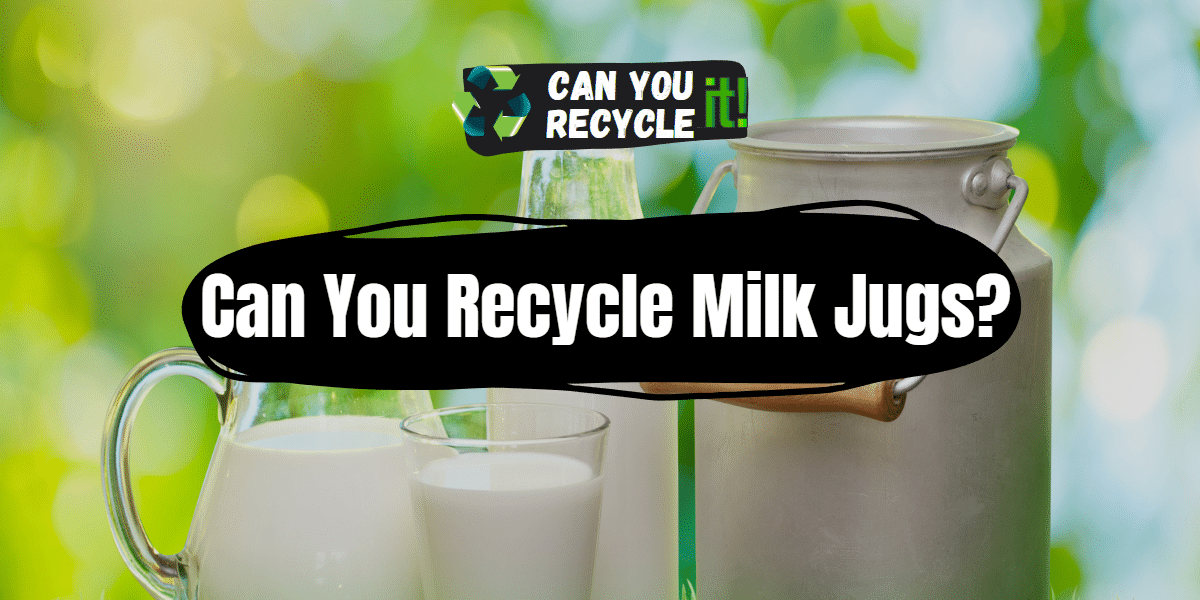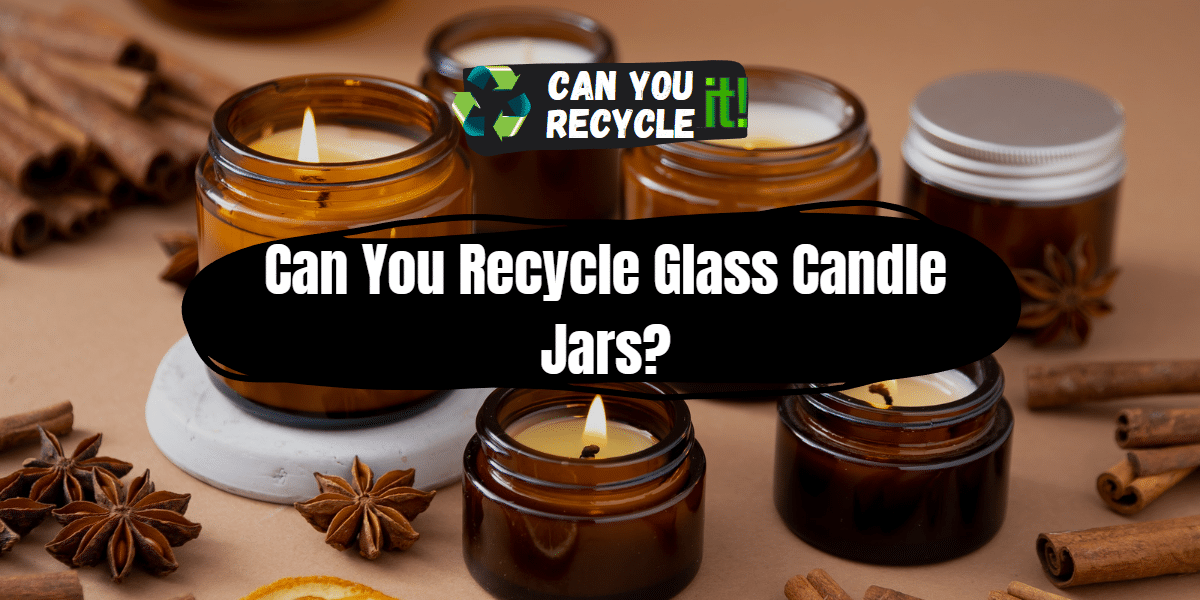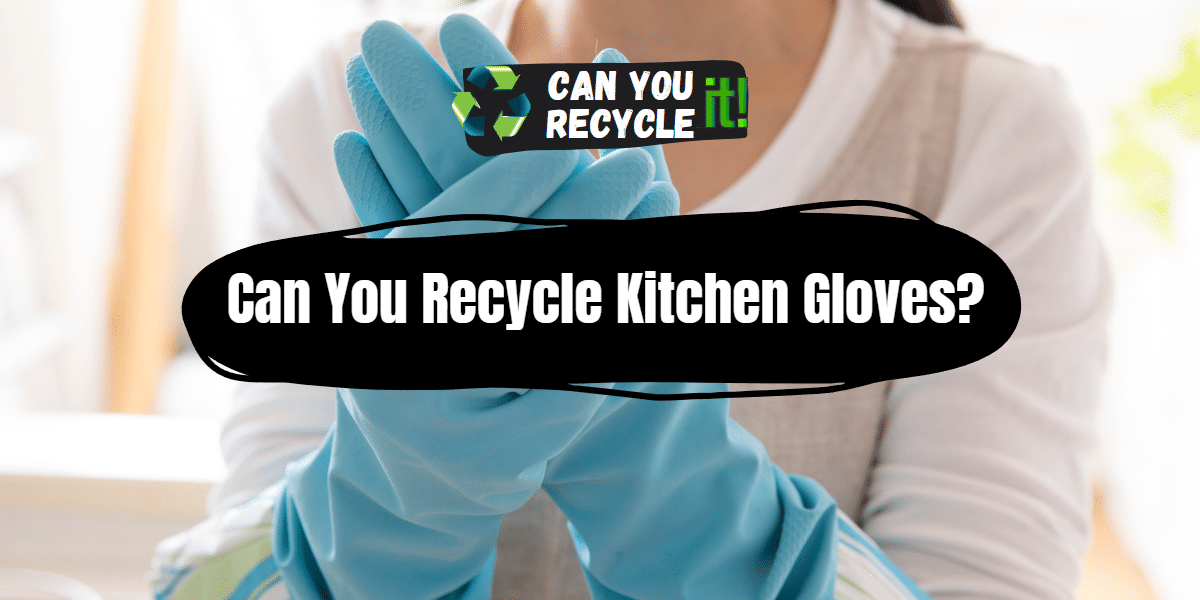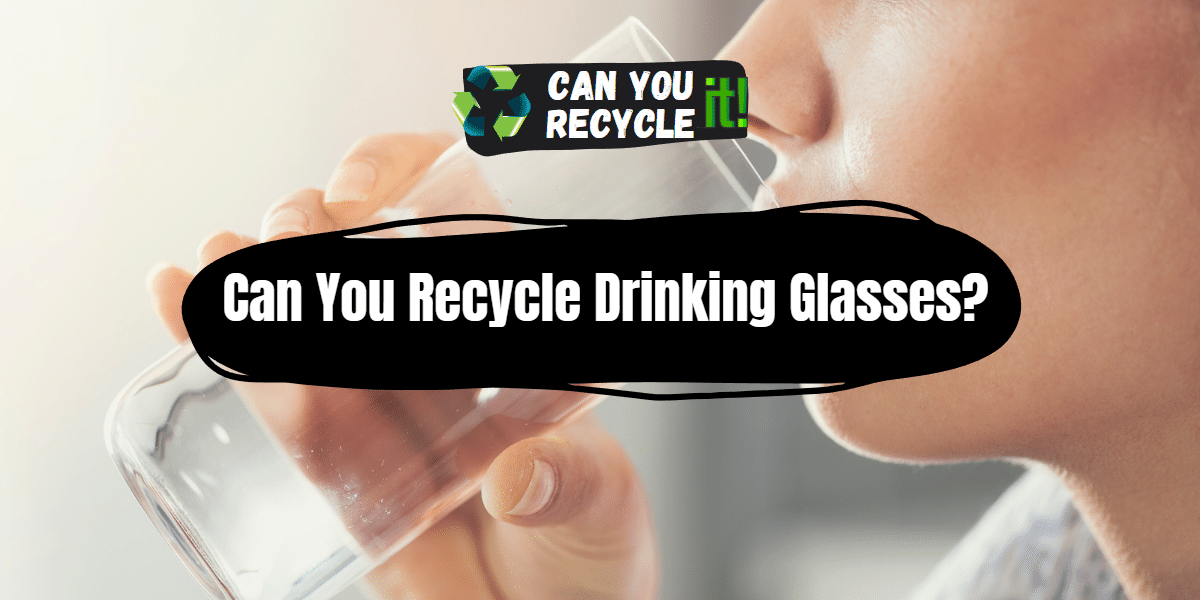Yes, you can recycle milk jugs. Milk jugs are typically made from high-density polyethylene (HDPE), a plastic that is widely accepted for recycling by most recycling facilities.
However, there are some considerations to remember to ensure that your milk jugs are appropriately recycled.
Have you ever wondered what to do with those empty milk jugs lying around? You might be pleased to know that milk jugs can indeed be recycled! Recycling is an essential practice for reducing waste and protecting the environment. In this article, we will explore the dos and don’ts of recycling milk jugs, provide a step-by-step guide to preparing them for recycling, discuss alternative options for non-recyclable jugs, examine the environmental impact of recycling, answer frequently asked questions, and share some final thoughts on this topic.
Table of Contents
Do’s and Don’ts
To ensure a smooth recycling process for milk jugs, here are some dos and don’ts to follow:
Dos
- Rinse the milk jug thoroughly before recycling to remove any remaining milk residue. This helps prevent contamination in the recycling stream.
- Remove any caps or lids from the milk jug before recycling. These can be recycled separately, depending on the type of plastic they are made from.
Don’ts
- Flatten or crush the milk jug excessively. While saving space in your recycling bin is beneficial, flattening the jug too much can make it difficult for recycling equipment to handle.
- Place non-HDPE plastics, such as yogurt cups or plastic bags, in the recycling bin with your milk jugs. Only recycle items that are accepted by your local recycling program.
5-Step Guide to Recycle Milk Jugs
Follow these simple steps to prepare your milk jugs for recycling properly:
Step 1
Empty and Rinse – Empty any remaining milk from the jug and thoroughly rinse with warm water. This helps remove any residue and prevents odor.
Step 2
Remove Caps and Lids – Separate the cap or lid from the milk jug. Check the recycling guidelines in your area to determine if the caps are recyclable. If not, discard them in the trash.
Step 3
Flatten Gently – Flatten the milk jug slightly without excessively crushing it. This helps optimize space in your recycling bin while still allowing the jug to be easily handled during the recycling process.
Step 4
Check Local Recycling Guidelines – Familiarize yourself with your local recycling program’s guidelines for recycling milk jugs. Some programs may require specific preparations or additional instructions.
Step 5
Place in Recycling Bin – Once correctly prepared, place the milk jug in your recycling bin or take it to a local recycling center according to your area’s guidelines.
What to Do with Milk Jugs That Cannot Be Recycled.
While milk jugs are generally recyclable, there may be instances where they cannot be recycled. In such cases, consider these alternative options:
- Reusing – Repurpose the milk jugs for various purposes around your home. They can be used as storage containers, planters, or even as creative crafts with children.
- Upcycling – Get creative and transform milk jugs into valuable items. You can make bird feeders, scoop holders, or even small organizers. Upcycling reduces waste and adds a personal touch to your everyday items.
- Check with Local Facilities – Some recycling centers or specialized programs may accept certain non-recyclable plastics. Contact local facilities to inquire about their policies and any specific plastic recycling initiatives.
Environmental Impact of Recycling Milk Jugs
Recycling milk jugs has several positive environmental impacts. By recycling these plastic containers, we can:
- Reduce Landfill Waste – Recycling milk jugs help divert them from ending up in overflowing landfills, reducing the strain on our environment.
- Conserve Resources – Recycling plastic jugs conserves valuable resources like energy and water, requiring less energy and water to produce recycled plastic than virgin plastic.
- Decrease Pollution – Recycling helps reduce air and water pollution associated with manufacturing new plastic. It also minimizes the need for extracting and processing raw materials.
- Support Circular Economy – Recycling milk jugs creates a circular economy where materials are reused, reducing the demand for new plastic production.
FAQs for Can You Recycle Milk Jugs
Can I recycle milk jugs with the caps on?
A: It’s best to remove the caps before recycling. Check your local recycling guidelines, as some programs may accept caps made of a specific plastic type.
Can milk jugs with a small amount of milk still in them be recycled?
It’s recommended to rinse the milk jugs thoroughly before recycling to prevent contamination. Emptying the jug and giving it a rinse ensures a cleaner recycling process.
Can I recycle colored milk jugs?
A: Yes, colored milk jugs made from HDPE are generally recyclable. However, checking your local recycling guidelines for any specific instructions is always a good idea.
Conclusion and final thoughts 💭
Recycling milk jugs is a simple yet impactful way to contribute to a more sustainable future. By following the dos and don’ts, preparing the jugs properly, and exploring alternative options for non-recyclable jugs, you can actively participate in reducing waste and minimizing environmental harm. Remember, the small actions we take today can make a big difference tomorrow. So, let’s recycle those milk jugs and be proud stewards of our planet!





Leave a Reply